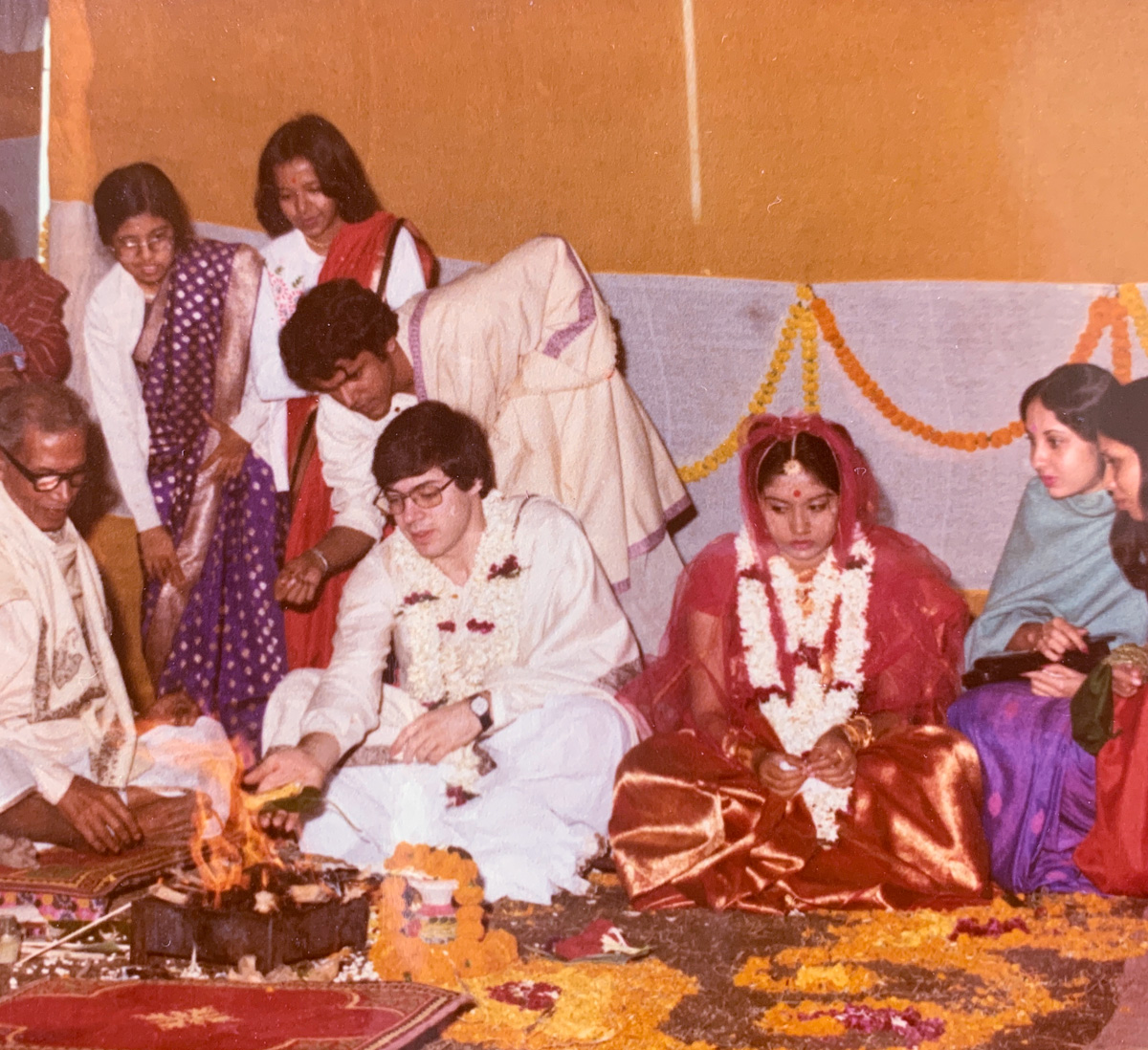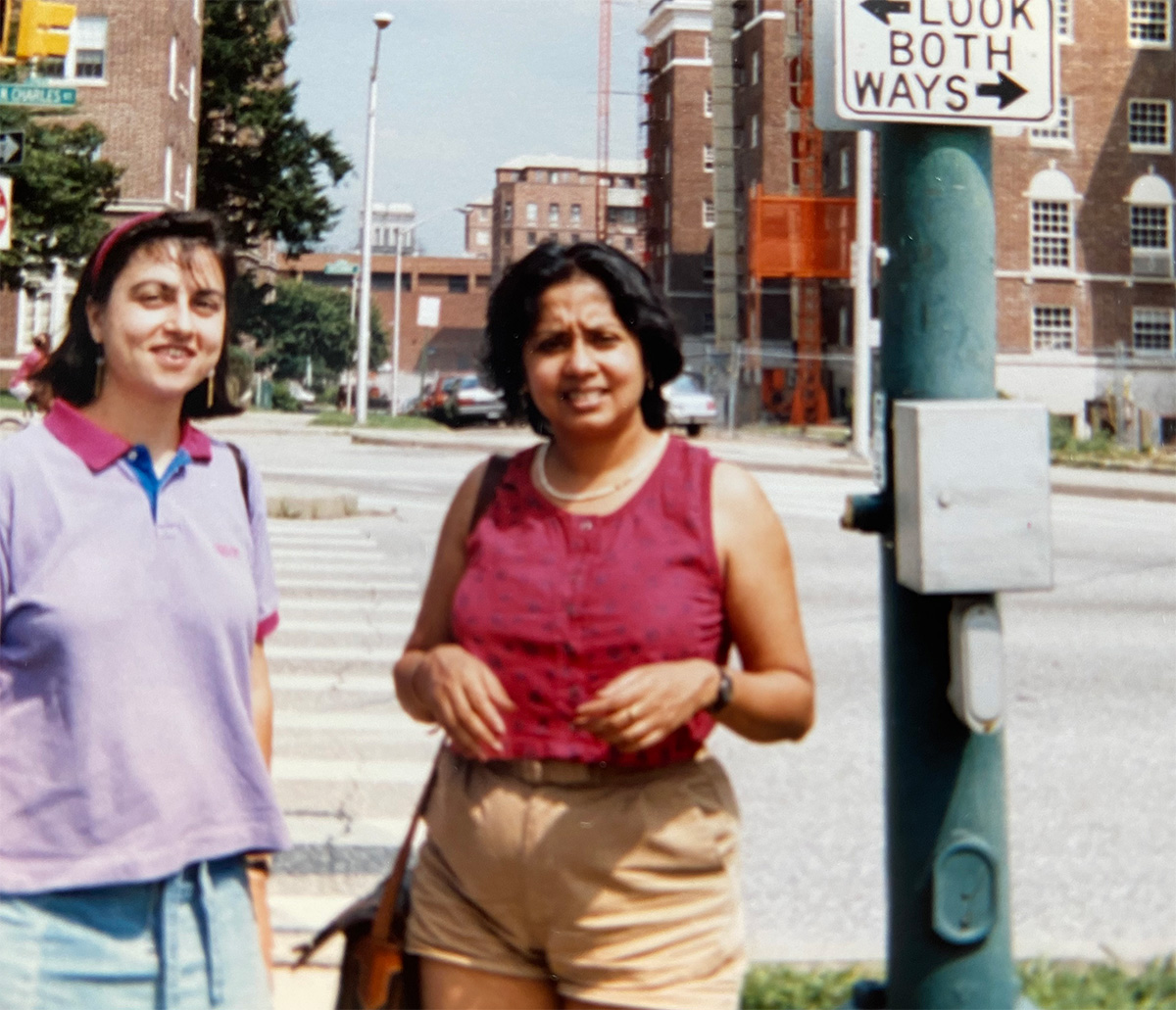Later, Debby began working for the Wisconsin state government in Madison on a leukemia research project. Five years after, Debby and André moved to Andrés hometown, Brussels, Belgium, where her new research career began.
Upon her arrival in Brussels, Debby faced considerable challenges due to the language barrier, cultural differences, and the lack of both acquaintances and employment opportunities. Despite these initial hardships, she eventually secured a position at the Catholic University of Louvain, where she encountered Professor Michel F. Lechat, who would become her lifelong mentor.
Without hesitation, Debby chose the latter, solidifying her resolve to dedicate her career to solving problems in impoverished nations. Under the guidance of Professor Lechat, she embarked on a journey of data collection, analysis, and research on disasters at the Centre for Research on the Epidemiology of Disasters (CRED) in Brussels.










